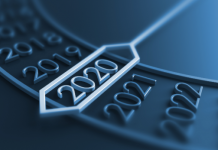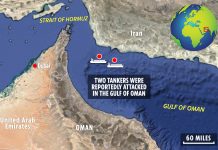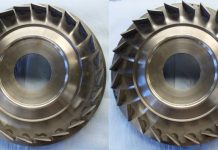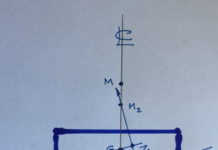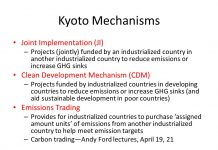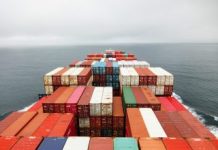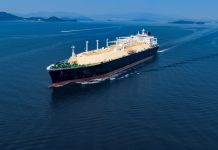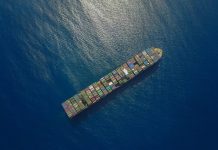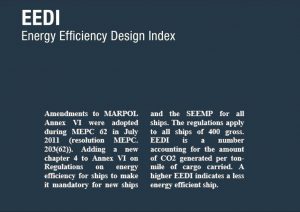
Regulation 20
Attained Energy Efficiency Design Index
The actual EEDI of a vessel is called the attained EEDI and its calculated based on guideline published by IMO. The attained EEDI shall be calculated for:
- Each new ship;
- Each new ship which has undergone a major conversion; and
- Each new or existing ship which has undergone a major conversion, that is so extensive that the ship is regarded by the Administration as a newly constructed ship.
The attained EEDI shall be specific to each ship and shall indicate the estimated performance of the ship in terms of energy efficiency. Technical files contains the necessary information for the calculation of the attained EEDI. It shall be further verified, based on the EEDI technical file, either by the Administration or by any organization duly authorized by it. The calculation is done taking into account guidelines developed by the Organization Resolution MEPC.212 (63). The EEDI provides a specific figure for an individual ship design expressed in grams of CO2 per ship’s capacity mile and a smaller EEDI value indicate a more Energy efficient ship.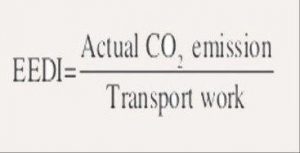
Purpose of the EEDI
The Energy Efficiency Design Index for new ships creates a strong incentive for further improvements in ships’ fuel consumption. The purpose of IMO’s EEDI is:
- To require a minimum energy efficiency level for new ships;
- To stimulate continued technical development of all the components influencing the fuel efficiency of a ship;
- To separate the technical and design based measures from the operational and commercial measures (they will/may be addressed in other instruments); and
- To enable a comparison of the energy efficiency of individual ships to similar ships of the same size which could have undertaken the same transport work (move the same cargo).
The CO2 emission represents total CO2 emission from combustion of fuel at design stage, including propulsion and auxiliary engine taking into account the carbon content of the fuel in question. If some innovative energy efficient technology or non-conventional source of energy is used on board the energy saved by this means will be deducted from the total CO2 emission based on actual efficiency of system. Transport work is calculated by multiplying the ships capacity as designed with ships design speed measured at max design load condition. In the equation above, the EEDI is a value calculated taking design values as parameters, and it expresses the CO2 emission reduction potential. EEDI is required to satisfy the IMO standard value for new ships to be built and is being introduced in phases as regulatory measures. These ships will be required to have an International Energy Efficiency Certificate (IEEC).
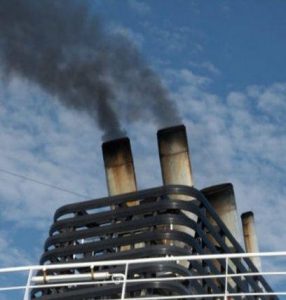
Verification of the EEDI
Regulation 20 of the regulatory text requires the attained EEDI for a new ship to be verified. Guidelines on verification of the EEDI are to assist verifiers (ship surveyors) of the EEDI in conducting the verification in a uniform manner. The guidelines will also assist ship-owners, shipbuilders as well as engine and equipment manufacturers, and other interested parties, in understanding the procedures of EEDI verification.
EEDI verification should be conducted on two stages:
- Preliminary verification at the design stage,
- Final verification at the sea trial, before issuance of the final report on the verification of the attained EEDI.
Required EEDI= (1-X/100) × Reference line value
Required EEDI
MARPOL Annex VI Chapter 4 Regulation 21
The EEDI establishes a minimum energy efficiency requirement for new ships depending on ship type and size and is a robust mechanism to increase the energy efficiency of ships stepwise for many decades to come. The EEDI is a non-prescriptive, performance based mechanism that leaves the choice of technologies to use in a specific ship design to the industry. As long as the required energy efficiency level is attained, ship designers and builders would be free to use the most cost-efficient solutions for the ship to comply with the regulations. The reduction level in the first phase is set to 10% and will be tightened every five years to keep pace with technological developments of new efficiency and reduction measures. IMO has set reduction rates up to 2025 from when a 30% reduction is mandated for most ship types calculated from a reference line representing the average efficiency for ships built between 1999 and 2009.

Required Energy Efficiency Design Index is the maximum value of attained EEDI that is allowed by MARPOL Annex 6 Chapter 4 Regulation 21 for the specific ship type and size. The Required EEDI shall be applied for ship which falls into one of the categories defined in MARPOL Annex 6 Regulation 2.25 to 2.31 and to which MARPOL Annex 6 Chapter 4 is applicable. 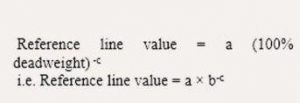
where “a” and “c” are parameters given in Table 2 of Marpol Annex VI , Chapter 20 determined from the regression curve fit and b is the deadweight. Capacity depending on the ship type, different units for capacity are used:
- For bulk carriers, tankers, gas carriers, container ships, general cargo ships, refrigerated cargo ships, combination carriers, LNG carriers and all types of Ro-Ro ships deadweight (DWT) is used.
- For container ships the capacity is 70 % of DWT.
- For cruise passenger ships GT is used as capacity.
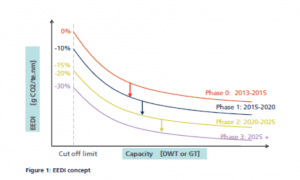
Required EEDI
The Required EEDI is the maximum allowable value of the attained EEDI permissible for a specific ship type and size. The Required EEDI represents a minimum energy efficiency requirement for new ships depending on ship type and size. This begins with a baseline in 2013 and is raised successively in three steps until 2025. The baseline for required EEDI is calculated from the EEDI of vessels built after the millennium. The EEDI assesses the energy consumption of the vessel at normal seafaring condition, taking into account the energy required for propulsion and the hotel load for the crew. Energy consumed to maintain the cargo and for the maneuvering or ballasting is not considered. The Required EEDI is calculated for all ship types using 100% of the dead weight at summer draft, except for passenger ships where GT is used. The reference value is defined by a line which is mathematically defined as: –

The Required EEDI will be reduced by ‘X’ % each five year based on initial value (Phase 0) and depending on vessel size. Below a certain size no reduction applies. Above a certain size reduction is in general 10% for each reduction phase. In between of these sizes the reduction is linearly interpolated.
Attained EEDI
It means the EEDI value actually achieved by any individual ship. The attained EEDI is the actual calculated and verified EEDI value for an individual ship based on the data in the EEDI technical file. It shall be calculated for all ships of 400 GT and above. The attained EEDi must be below the ‘Required EEDI’ limit prescribed in MARPOL. 
CO2 emission is computed from the fuel consumption taking into account the carbon content of the fuel. The fuel consumption is based on the power used for propulsion and auxiliary power measured at defined design condition.
The transport work is estimated by the designated ship capacity multiplied by the ship’s speed measured at maximum summer load draft and at 75% of rated installed power. The total propulsion power is also defined as 75% MCR of all main engines.



